Full disclosure: A week ago, the only things I knew about Bishop were:
- He was an RFC pilot in the first world war
- He shot down a pile of Germans
- He was from Owen Sound Ontario
- He survived the war and wrote a book that I remember my dad owning
- The downtown airport in Toronto is named after him.
And that’s about it. Great War aviation was never much of an interest to me and if I am being honest, I generally walk right past these exhibits to get to the ‘good stuff’ at aviation museums. I always acknowledged that the guys who flew and fought in this era must have had some rather large cojones. There is no way I’d take off in a rickety little plane made of bits of spruce, canvas and steel wires with an open cockpit and top speed comparable to a Cessna.
Especially without a parachute.
During lockdown #3 (or was it #4? I have lost track) my LHS brought in a few of these 1/32 Nieuport XXIII kits by CSM which featured the markings of Billy Bishop. I clicked the link and I was intrigued. You see, in my ignorance I thought that RFC planes were all dark brownish green Sopwith Somethings:
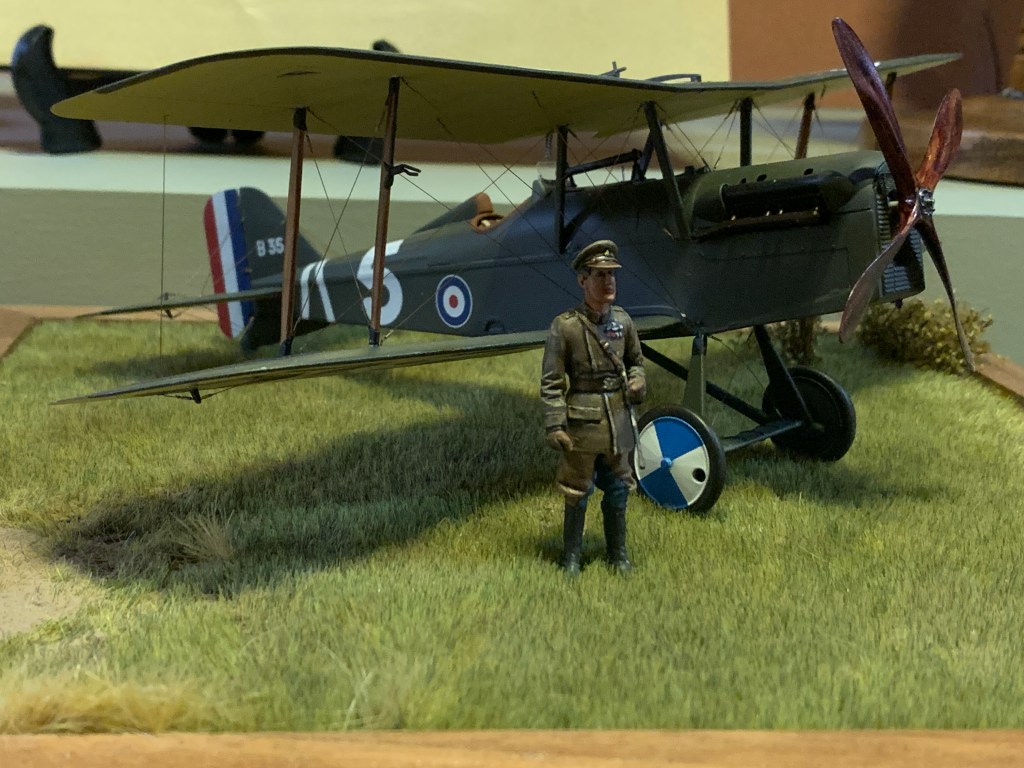
But I was wrong. This plane, a French ‘Scout’ was actually attractive:

So, I bought the CSM kit and I will be building it sometime soon (I hope!) and I will be definitely finishing it in those colours.
The Billy Bishop Museum
In the meantime, I wanted to find out a little more about Billy Bishop because I didn’t know much about him or what he did during the Great War. Lucky for me, I finally got to take the family on a vacation along the shores of Lake Huron. Just a half hour drive away is the childhood home of Billy Bishop! If there was ever an opportunity to learn something about Canada’s famous flier, I can’t think of one.
The Billy Bishop Museum is contained in a rather nice Victorian house. The front yard has a wonderful setback and is surrounded by mature trees:
Inside the museum you have a number of actual and recreated artifacts scattered throughout the home but mostly on the first floor. The museum features other types of exhibits relating to other local soldiers, sailors and airmen who fought for Canada or the British Empire. Keep in mind, this is a Victorian house that had limited space for thorough museum displays:
So, Who Was He?
The Museum describes the life of Billy Bishop, but it only hits the highlights. That is fair enough, I suppose. Most visitors would not want to spend hours combing through every scrap of information. I bought a softcover book in the giftshop to go along with the knowledge I was able to glean from the many posters in the various rooms of the house.
His upbringing was most definitely upper middle class. And his Father, a well-to-do lawyer in Owen Sound, got Billy a spot in the Royal Military College. Bishop didn’t exactly excel at RMC. He actually failed his first year and barely passed his second. He was also caught cheating on his final exams to boot. In other words, he was no Robin Olds.
At the end of his second year, he packed up his things for the summer break not knowing whether he would be going back to school in the fall of 1914. As things turned out, events that August were about to change history and suddenly, Billy’s RMC grades and his discipline history didn’t matter any longer.
When Bishop got to England, it was as a cavalry officer and he was finally excelling in this role before he determined it would be much better to fight in the air. At that time it was far easier to transfer into the RFC to be trained as an ‘Observer’ than as a pilot. He enjoyed every minute in the air as an Observer and as soon as he could put his name in for pilot training, he did. It was not until November of 1917 that Billy Bishop earned his wings as an RFC pilot.
November 1917…think about that. Bishop got in the game at one of its most deadly periods. Not only did he survive the war when the average pilot career was measured in days, he racked up 72 victories in 7 months. How is that possible? Well, the information in the museum does not get into fighter tactics but I read somewhere that he preferred to fly alone and to attack from below; firing his top wing mounted guns ‘upward’ into unsuspecting airplanes.
Final Thoughts
What I like most about him is how ordinary he was. Most of the other famous pilots I’ve read about were insane over achievers. Guys who made eagle scout at 9, always got ‘A’s, finished top of their class at the academy and were all-stars in every sport they played. If they didn’t get into flying they probably would have been supreme court justices, CEOs or something equally impressive.
Billy Bishop was not like that at all. In fact, one could say he may have been a bit of a slacker. He barely passed school, he was not particularly gifted at sports and he preferred playing outside. Chances are if that Archduke wasn’t shot in Sarajevo, Billy would have never returned to RMC in 1914. He probably would have settled in Owen Sound without any military career, without ever flying and without ever having found his true talent.
But, when he really wanted something he made the most of what he had and pursued it. The Great War gave him that opportunity. He was lucky to have found his calling and for a 7 month period he was world class.

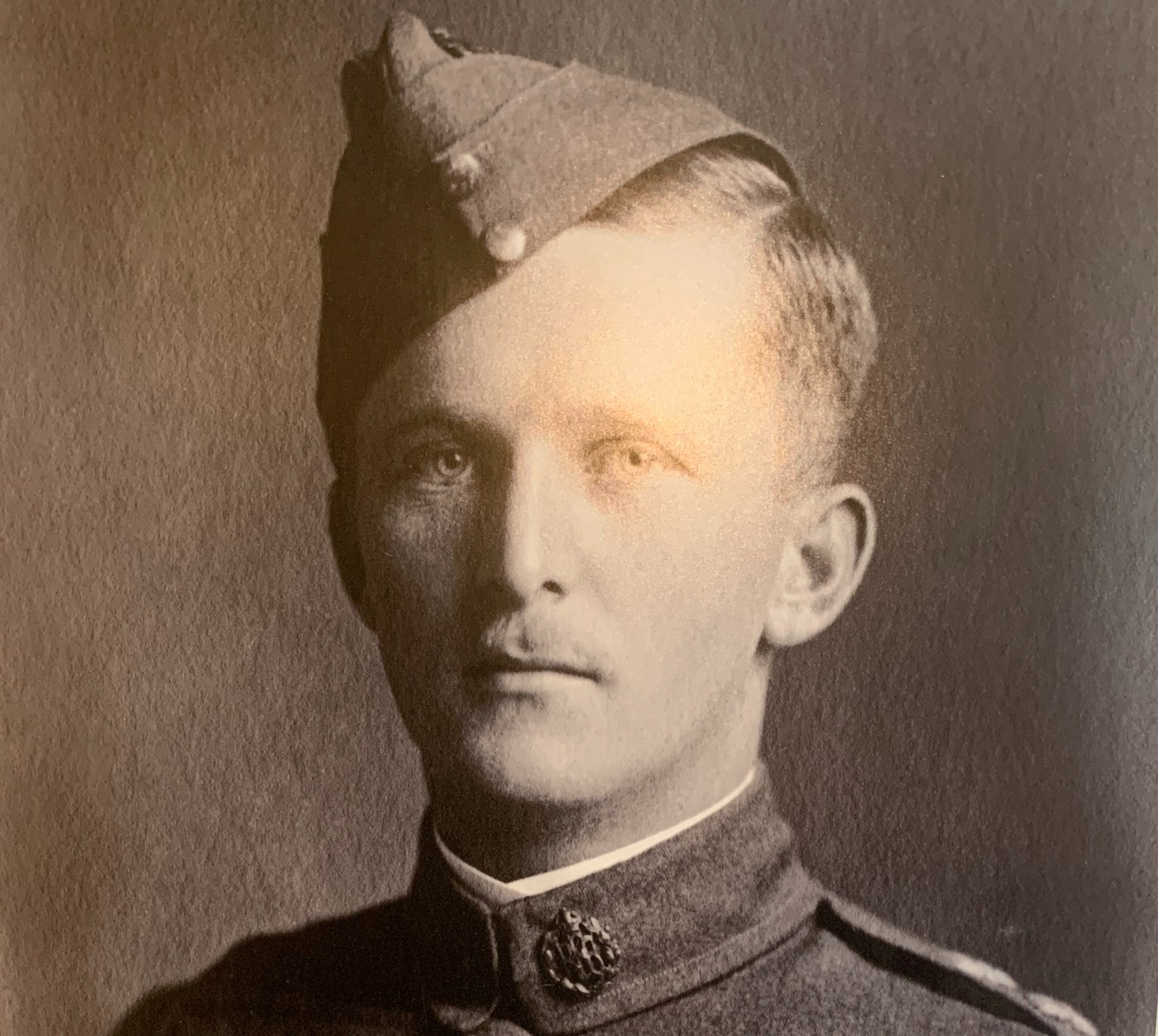
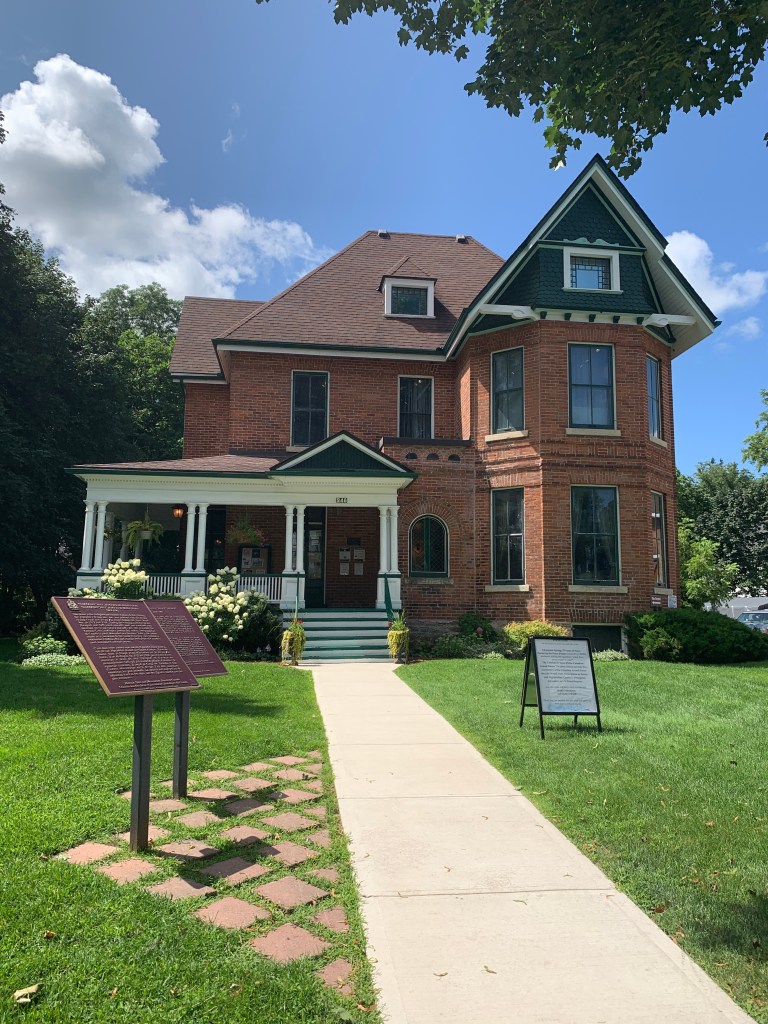

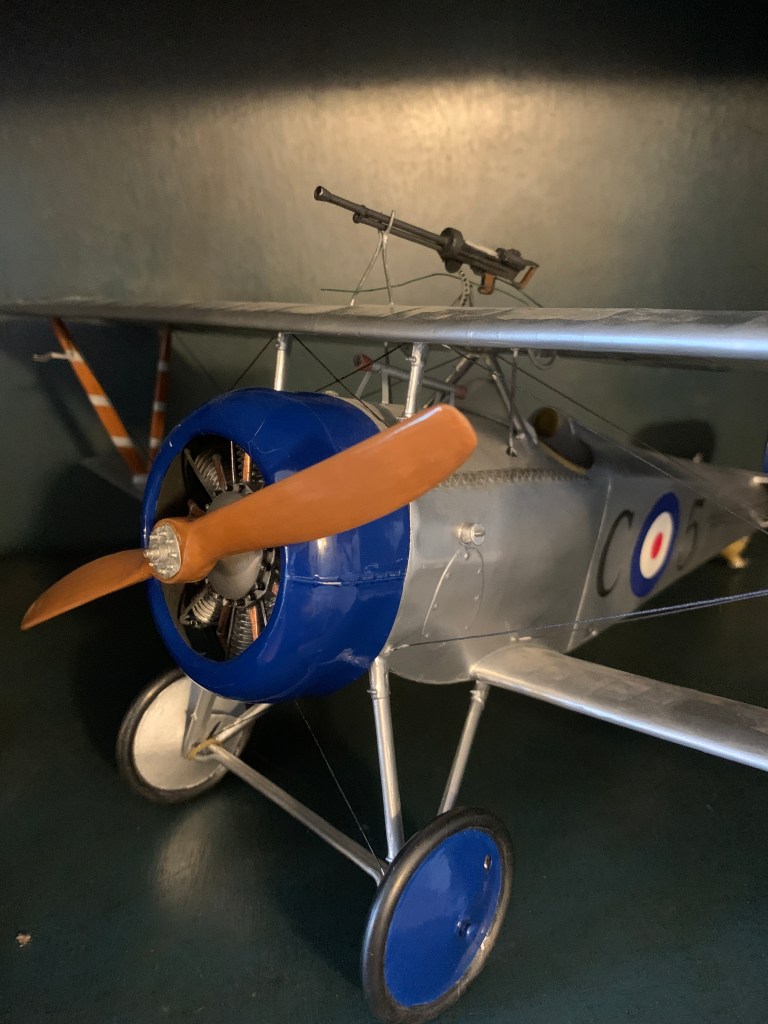


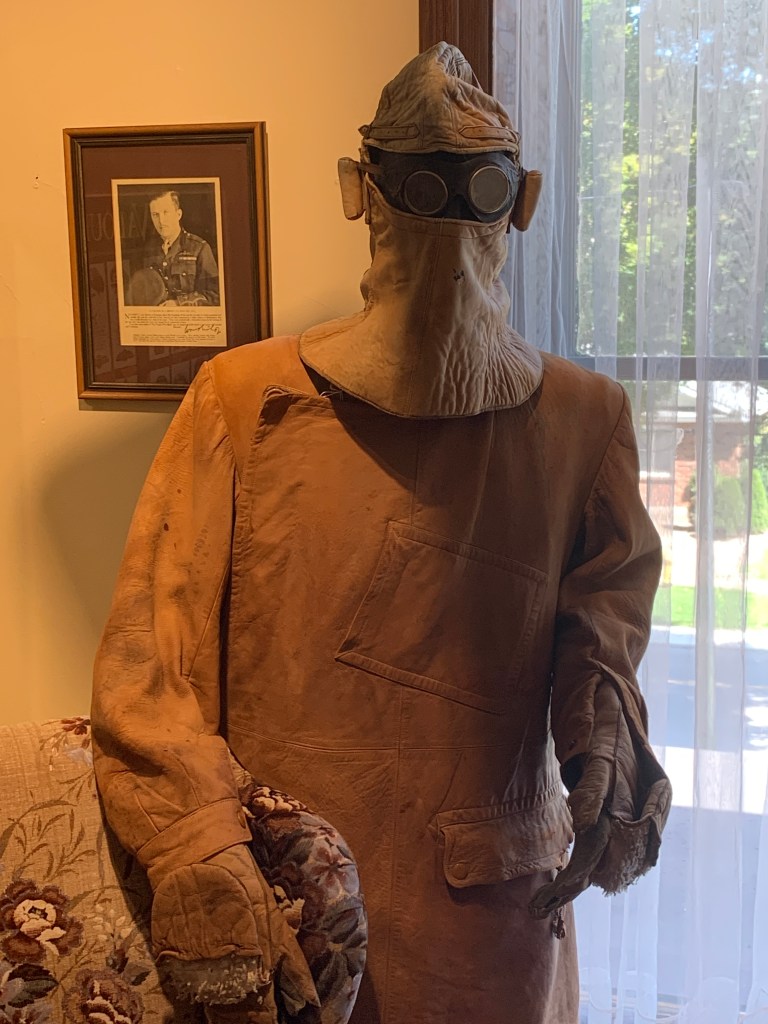
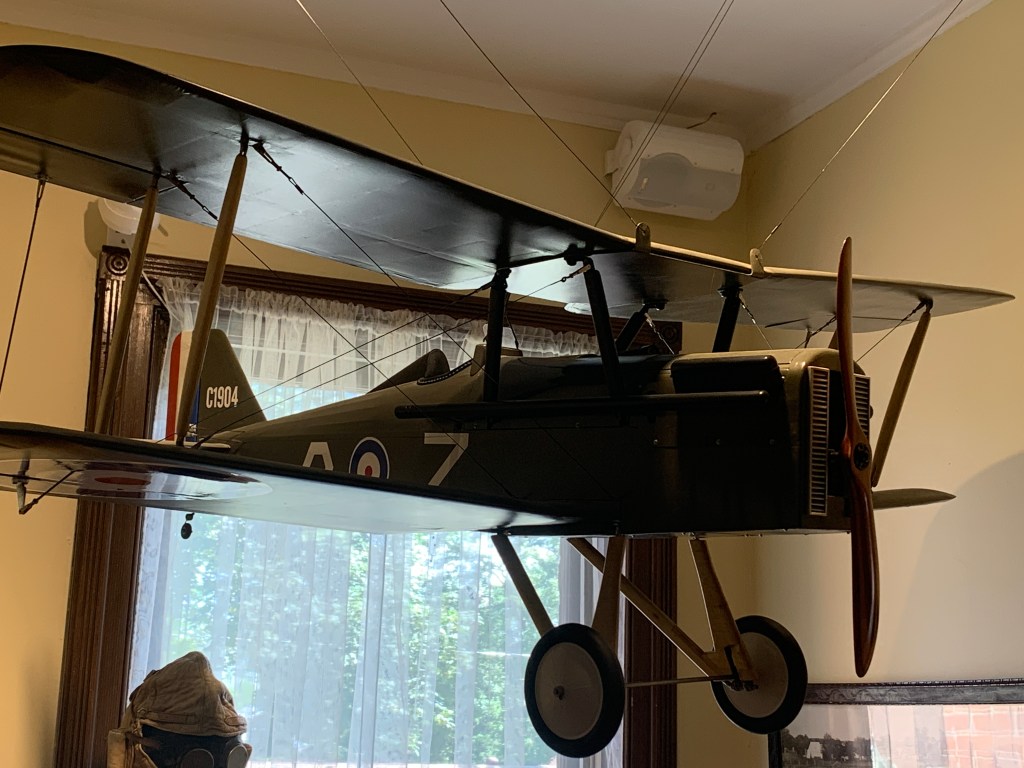




Yeah…not only were those things spruce, fabric, and wire, the fabric was also covered in FLAMMABLE DOPE! Oh…self-sealing fuel tanks? Nope.
Those pilots definitely had a very large pair!
LikeLiked by 1 person